When you think of summer, one fruit that immediately comes to mind is the watermelon — sweet, juicy, and incredibly refreshing. Loved across cultures for centuries, this vibrant fruit not only quenches thirst but also symbolizes festivity, gatherings, and sun-drenched days. But while millions of tons of watermelons are harvested globally each year, have you ever wondered which country leads the world in watermelon production?
Surprisingly, it’s not the Mediterranean nations or tropical regions you might expect — the top watermelon-producing country is China. In this article, we’ll dive deep into why China holds this impressive title, explore the country’s watermelon farming traditions, and see how it impacts the global watermelon market.
The Global Importance of Watermelons

Watermelons are more than just a sweet treat; they’re an essential agricultural product. Grown in over 100 countries worldwide, watermelon production exceeds 100 million metric tons annually. It’s consumed fresh, as juice, in smoothies, salads, desserts, and even pickled in some cultures.
The fruit is known for:
- Its high water content (over 90%)
- Being rich in vitamins A and C
- Containing antioxidants like lycopene, which supports heart health
- Being naturally hydrating and low in calories
The global popularity of watermelon has created a competitive market, but no country comes close to matching China’s output.
The Top Watermelon-Producing Country: China
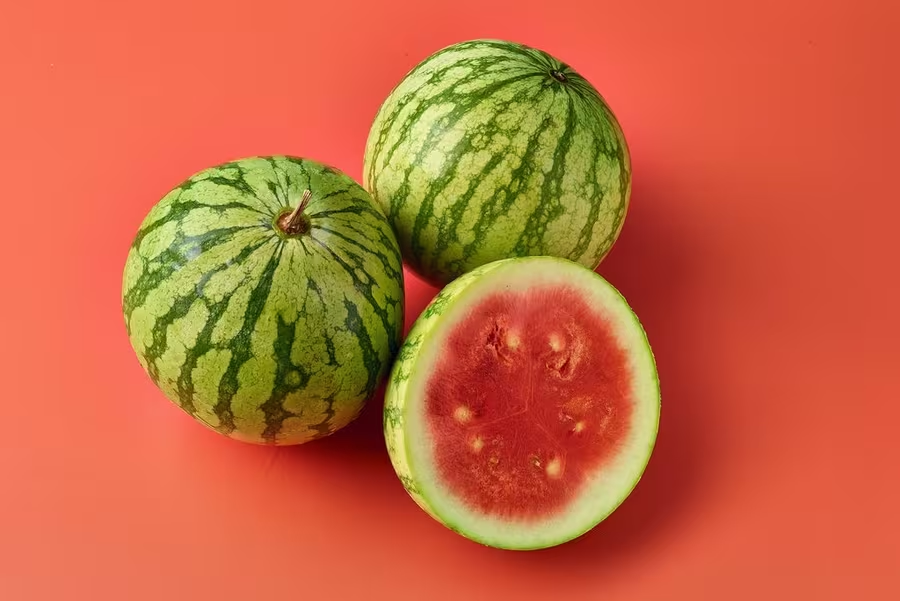
China is the undisputed leader in watermelon production, producing around 60.1 million metric tons annually — a figure that represents nearly 60% of the world’s total watermelon output. This staggering statistic means that almost six out of every ten watermelons grown globally come from China.
Watermelon Production in China — By the Numbers
| Rank | Country | Annual Production (Million Metric Tons) |
|---|---|---|
| 1 | China | 60.1 |
| 2 | Turkey | 3.9 |
| 3 | India | 2.6 |
| 4 | Iran | 2.5 |
| 5 | Algeria | 2.4 |
Clearly, China’s production outpaces other major watermelon-growing nations by an overwhelming margin.
Where Are Watermelons Grown in China?
China’s vast and varied geography makes it ideal for cultivating watermelons in multiple regions, from sun-soaked deserts to fertile river valleys.
Major Watermelon-Producing Regions:
- Xinjiang: Famous for its large, extra-sweet watermelons, thanks to hot days and cool nights that boost sugar content.
- Hebei and Shandong Provinces: Major suppliers for urban markets, including Beijing, Shanghai, and Tianjin.
- Hunan, Jiangsu, Guangdong: Known for early-season and greenhouse-grown watermelons.
- Inner Mongolia and Heilongjiang: Increasingly producing watermelons during warmer seasons.
Fun Fact:
Xinjiang’s Turpan region hosts some of the largest watermelon farms in Asia.
Why Is China the Top Watermelon Producer?
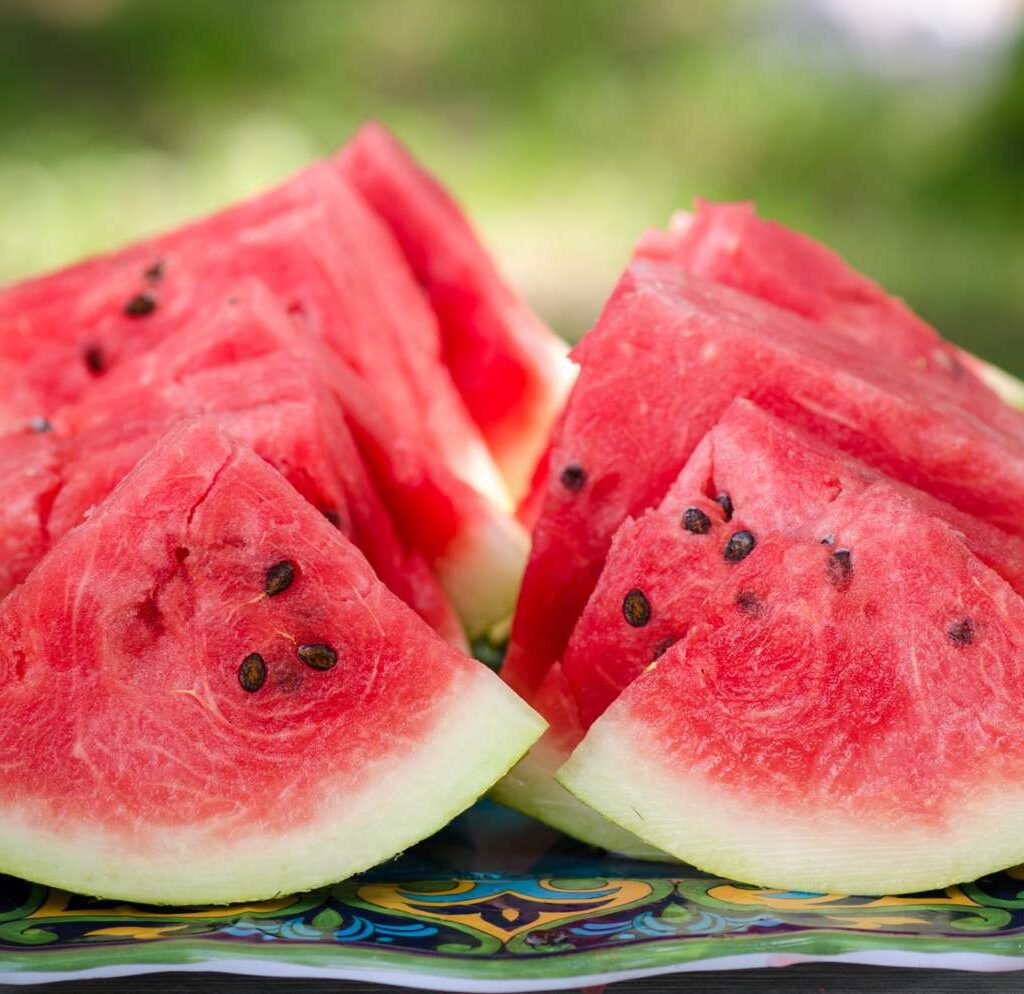
Several factors explain China’s remarkable leadership in watermelon farming:
Ideal Agricultural Land
China has vast expanses of arable land suitable for fruit cultivation, allowing it to dedicate significant areas to watermelon farming.
Perfect Climate
Watermelons require warm, sunny climates with minimal rainfall — conditions readily available in many Chinese provinces.
Enormous Domestic Demand
In China, watermelon isn’t just a fruit — it’s a cultural staple. It’s consumed in homes, restaurants, and street markets daily during the summer. Watermelons are also served during festivals and family gatherings, further fueling production.
Advanced Farming Practices
China leads in agricultural modernization. Techniques like:
- High-yield hybrid varieties
- Greenhouse cultivation
- Drip and precision irrigation
- Seedless watermelon breeding
have helped boost both quantity and quality.
Rapid Growth of the Watermelon Industry
With rising incomes and health awareness, Chinese consumers have embraced watermelons for their nutritional benefits and natural hydration. Exports have also increased, especially to neighboring Asian markets and the Middle East.
How Are Chinese Watermelons Used?
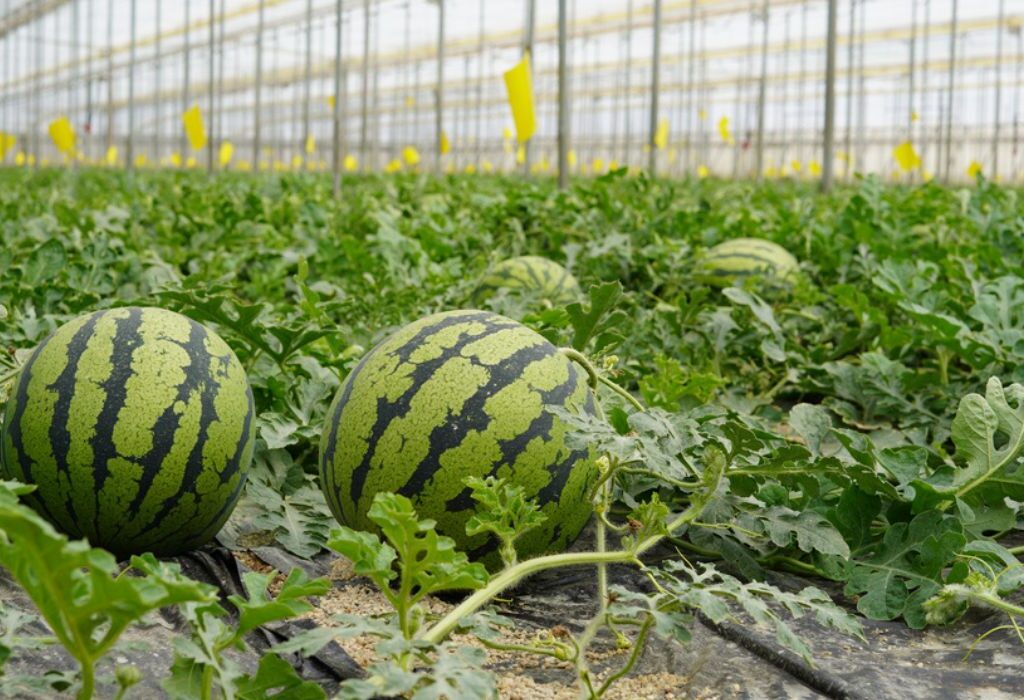
While most of China’s watermelons are enjoyed domestically, they serve various purposes:
- Fresh consumption: Eaten at home, in restaurants, and during festivals.
- Juices and smoothies: Sold widely in urban cafés and juice bars.
- Desserts: Used in jellies, ices, and even pickled dishes.
- Seedless varieties: Increasingly popular in modern Chinese cities.
- Exports: Sent to markets in Hong Kong, Singapore, Malaysia, South Korea, and the Middle East.
Fun Fact:
In China, it’s common for groups of friends to share a whole watermelon outdoors during hot summer evenings — a cherished social ritual.
Impact on the Global Watermelon Market
China’s overwhelming production shapes the global watermelon industry in several ways:
- Sets international price benchmarks.
- Supplies neighboring countries during off-seasons.
- Drives agricultural innovation in hybrid breeding and greenhouse cultivation.
- Inspires other nations to adopt water-saving and high-yield farming techniques.
Despite its dominance, China consumes the vast majority of its harvest domestically, making it both the world’s largest producer and consumer of watermelons.
Watermelon Exports from China
Though China focuses mainly on its massive internal market, it exports sizable quantities of fresh watermelons and processed watermelon products like:
- Juices
- Pickled rinds
- Dried watermelon seeds
Key export markets include:
- Hong Kong
- Singapore
- Malaysia
- United Arab Emirates
- South Korea
- Russia
Challenges Facing China’s Watermelon Industry
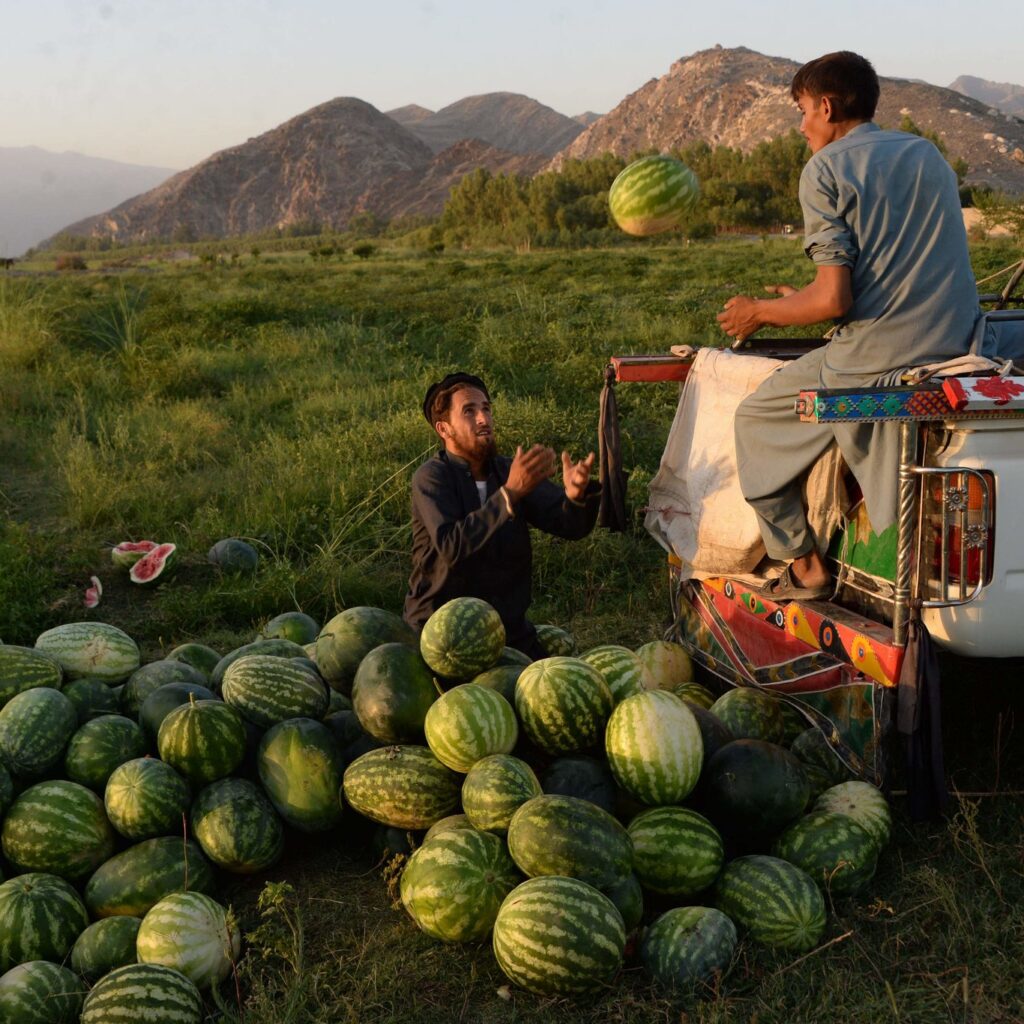
Like many agricultural sectors, China’s watermelon farmers face certain challenges:
- Water scarcity and drought, particularly in arid regions like Xinjiang.
- Soil degradation from intensive farming.
- Rising labor costs and urbanization, reducing available farmland.
- Climate change, leading to more unpredictable harvests.
To address these, China continues investing in:
- Smart irrigation systems
- Climate-resilient seed varieties
- Greenhouse and vertical farming technologies
The Future of Watermelon Farming in China
China’s watermelon industry shows no signs of slowing. Key trends include:
- Expansion of seedless, miniature, and specialty varieties.
- Growth in premium export markets.
- Investment in eco-friendly and organic watermelon production.
- Use of AI and drone technology to optimize crop yields.
As consumer preferences evolve towards healthier, convenient, and visually appealing fruit varieties, China’s farmers are well-positioned to lead the global market for years to come.
Conclusion
So — which is the top watermelon-producing country you should know about?
The answer is clear: China.
With its ideal climate, vast farmland, modern agricultural practices, and insatiable domestic demand, China produces more watermelons than any other nation by a huge margin. From the fertile valleys of Shandong to the sun-soaked fields of Xinjiang, China’s watermelons are a summer staple for over a billion people.
Whether you enjoy watermelon slices at a family barbecue, sip on a watermelon smoothie in a city café, or pick up a melon at your local market, it’s likely that its story can be traced back to China’s expansive, vibrant watermelon farms — the undisputed leader in the world’s watermelon industry.
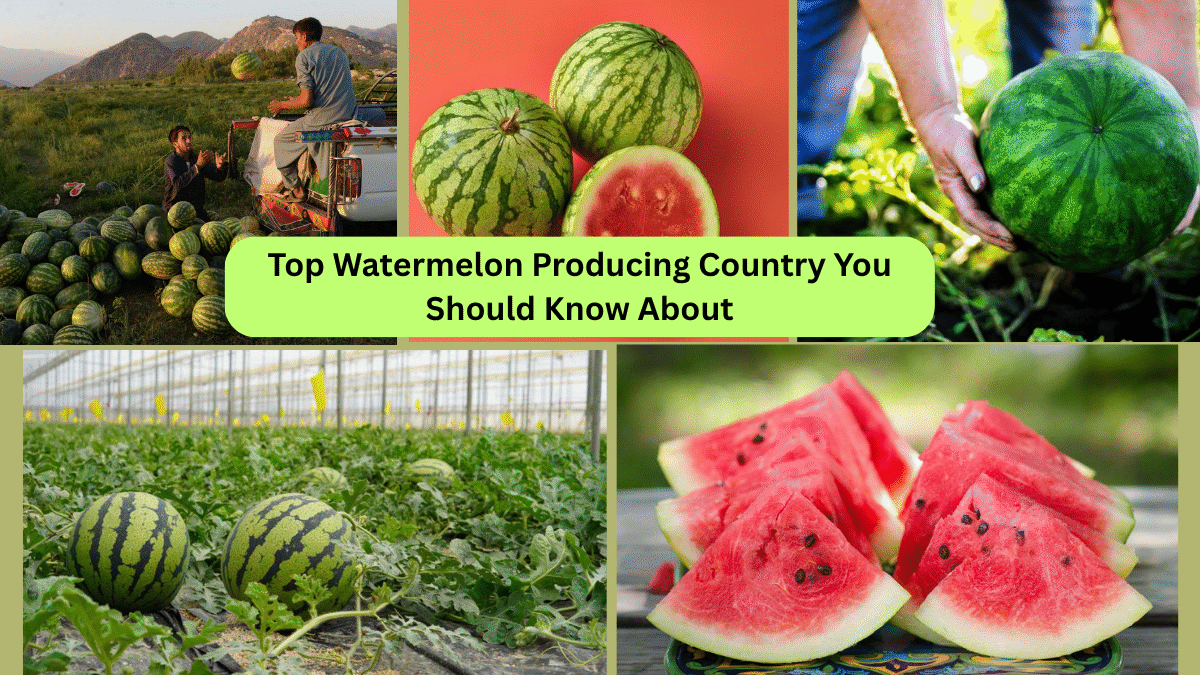





Leave A Comment